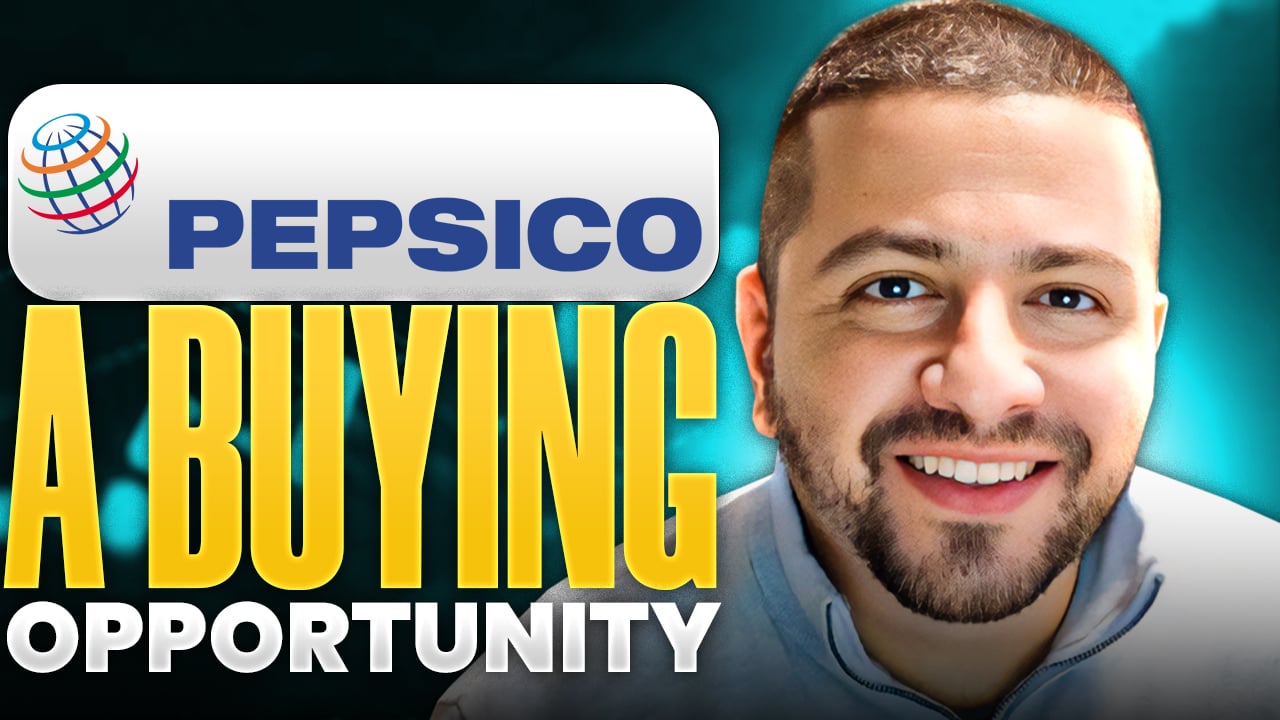Investors have been very upbeat about PepsiCo's (PEP +0.39%) prospects this year, as the company invests in areas to accelerate sales growth and position itself for sustainable long-term returns. The stock is up 28% so far in 2019 and the latest results seem to have met the already high expectations investors have for the snack-food giant.
Let's look at a few highlights from the fiscal third-quarter earnings report that has investors so optimistic.

IMAGE SOURCE: PEPSICO.
Revenue growth
Starting with the top line, organic (non-GAAP) revenue increased by 4.3% year over year. This is slightly below the year-ago quarter's 4.9% increase, but it's still impressive for this global brand powerhouse to post more than 4% growth on top of the strong results in last year's third quarter. Year to date, Pepsi's organic revenue is up 4.6%, which is better than the 3.4% growth reported for the same period this time last year.
Core earnings per share (EPS) on a constant-currency basis were down 1% year over year for the quarter and down 0.5% year to date. However, core EPS of $1.56 beat analysts' estimates by $0.06 per share.
Explaining the backdrop for the strong results, PepsiCo CEO Ramon Laguarta said, "We are making good progress against our strategic priorities and our businesses are performing well as we continue to make the necessary investments in our capabilities, brands, manufacturing and go-to-market capacity to propel our future growth."
Investments paying off
The stock continues to soar despite the lower earnings because investors understand that the investments in marketing and additional capacity are putting the company's brands on offense against competitors. Marketing expense is up 12% year to date and is being directed toward Pepsi's most important brands and geographies.
The Frito-Lay business, which comprises the company's snack food brands in the U.S. and Canada, saw organic revenue increase by 5.5%, enough to gain market share in the quarter. Management noted strong growth in core brands, such as Doritos, Cheetos, Ruffles, and Fritos. Smaller premium brands, including Bare and Off the Beaten Path saw double-digit revenue growth.
The most impressive aspect of these results was the balanced performance across all channels -- grocery, mass, club, convenience, foodservice, and e-commerce -- which is not an easy thing to accomplish given the complexity of managing dozens of brands across different sales channels, especially with competitors trying to grow sales, too.
The North American beverage business saw an acceleration last quarter, improving from organic revenue growth of 2.5% in the fiscal second quarter to 3% in the third quarter. Management is especially pleased with the performance of Gatorade, which gained market share. Gatorade Zero has been a very successful new innovation, exceeding $500 million in retail sales since launching last year.
Pepsi is making investments internationally to drive higher per-capita spending and increase market share, and the results show the efforts are paying off. Organic revenue from developing and emerging markets increased by 7% year over year, including double-digit growth in Mexico, Saudi Arabia, China, Turkey, and Pakistan.
Laguarta's comments during the fiscal third-quarter conference call suggest that Pepsi may still have a few more gears to shift into to accelerate sales growth:
We're invested to increase the capacity and reach of our go-to-market systems with substantial investments in new routes, merchandising racks and coolers, and we're investing in additional manufacturing capacity to remove bottlenecks and expand growth capacity for our brands. These include investments in new plants, new lines and added distribution infrastructure.
Pepsico is also investing in technology, highlighted by the strength in the company's digital sales capabilities. E-commerce is on pace to generate nearly $2 billion in revenue this year.
Upbeat outlook
Management put the cherry on top for the quarter by raising sales expectations for the year. The company now expects to meet or exceed 4% organic revenue growth for the full year. Core EPS should be down 1% in 2019, but free cash flow is expected to be approximately $5 billion.
The company plans to return $8 billion to shareholders through dividends and share repurchases. On the surface, that looks unsustainable, since a business can't continue to distribute more than it brings in year after year. But investors should look at the excess return as a vote of confidence from management in the long-term expectation that free cash flow and net income will move higher.






